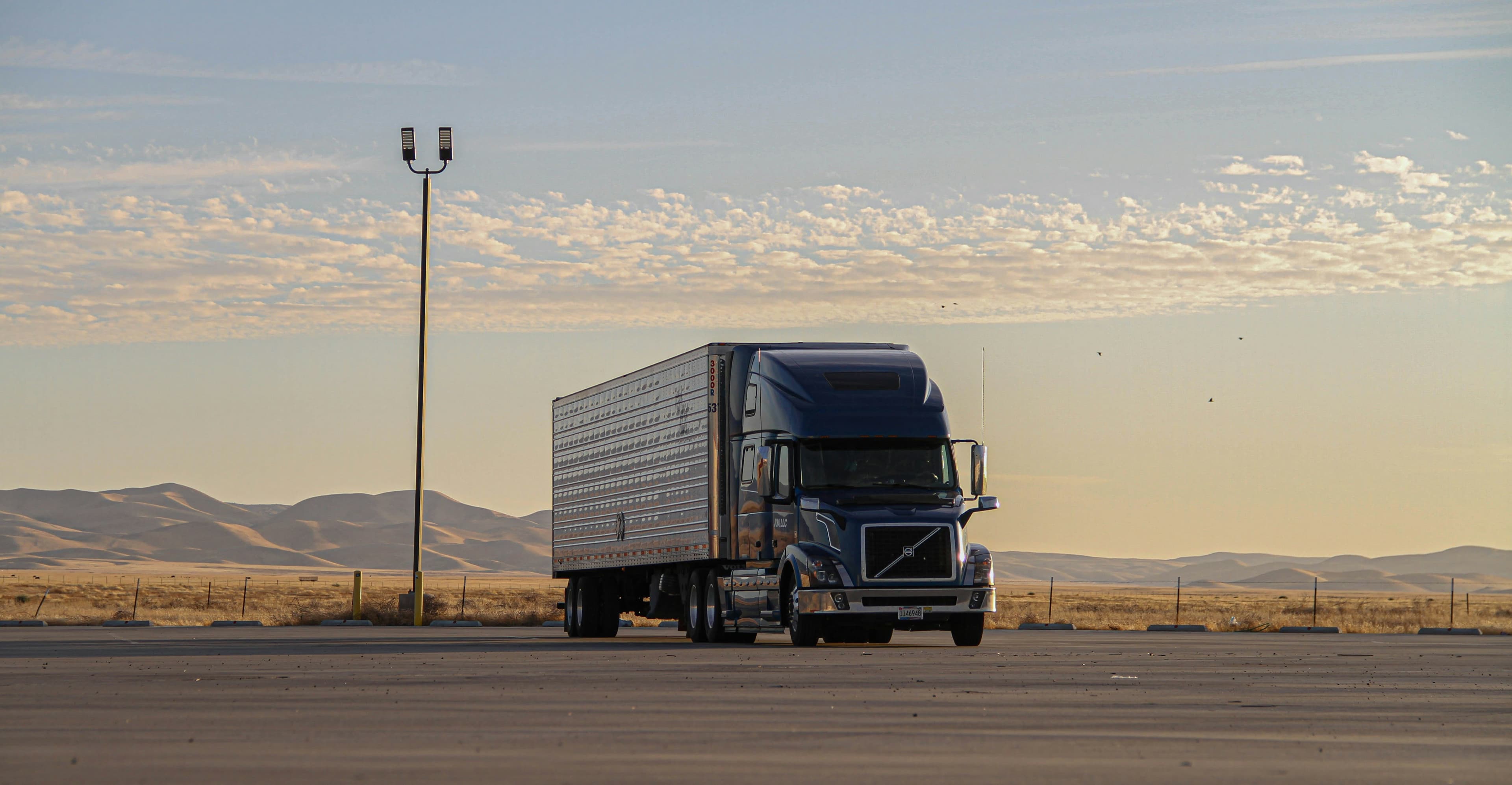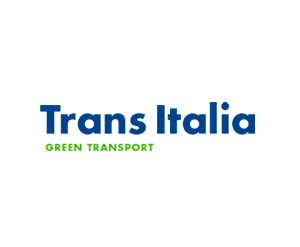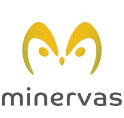
Use eco-driving application for logistics and heavy vehicles
 Trans Italia
Trans Italia MinervaS
MinervaS Solar Impulse Foundation
Solar Impulse FoundationSummary
Adaptive eco-driving reducing emissions and fuel/energy consumption in heavy-duty vehicles through real-time speed adjustments based on vehicle-to-everything (V2X) road and vehicle data.
Context
This case-study has been developed in partnership with the Solar Impulse Foundation, which is promoting – through assessing, certifying and facilitating access to finance - the multitude of clean and profitable solutions currently available worldwide. Discover more of Solar Impulse Foundation’s labelled solutions here.
Decarbonizing road heavy transport requires more than setting higher CO2 targets for manufacturers. Transport operators must be able to seamlessly recharge / refuel new propulsion systems (e.g. biofuel / e-fuel and hydrogen) and be able to operate them more profitably with advanced road data exploitation while driving.
The heavy-duty transport sector faces significant decarbonization challenges, including high fuel consumption, difficulty in accurately measuring emissions, and increasing regulatory pressure. The sector is responsible for a large volume of emissions, and addressing Scope 3 emissions - those associated with a company’s value chain - is particularly complex. In response, companies need solutions that can cut fuel costs, lower emissions, and align with government sustainability mandates.
Trans Italia is a transportation company based in Italy, with 4100 vehicle units in its fleet, 190.000 total shipments, and 500 employees, active since 1984.
Solution
MinervaS and Trans Italia collaboration revolved around the implementation of an adaptive eco-driving system on heavy-duty vehicles, that uses real-time data to optimize speed and fuel efficiency. The product processes information such as road elevation, payload, speed limits, and traffic conditions to make on-the-fly adjustments to vehicle speed, suggesting it to the driver via Human Machine Interface (HMI). This minimizes unnecessary fuel consumption and emissions, offering a practical solution for fleet operators.
Trans Italia is the first mover that helped MinervaS in developing and testing its first product: the adaptive real-time eco-driving for trucks. Once the MVP was ready, the solution was used by part of the Trans Italia fleet, with continuous feedback from drivers and fleet managers.
While driving, the product processes V2X information about road elevation, payload, speed limits, traffic condition and vehicle characteristics to manage the speed in the most efficient way.
The Advanced Driver Assistance (ADAS) plug & play product is capable of increasing the environmental sustainability of heavy-duty vehicles and offering an economic advantage to their operators thanks to its patented method. The solution offers a reduction in fuel consumption and the containment of the related polluting emissions, without increasing travel times and without making modifications to the vehicle.


Impact
Sustainability impact
Climate
A CO2 reduction of up to 30% per vehicle and an average reduction of 16% across the entire fleet was achieved.
Scope 1: for Trans Italia “Subcategory 1.2: direct emissions from mobile combustion” according to ISO 14064:1.
Scope 2: N/A
Scope 3: for Trans Italia customers “Subcategory 3.2: emissions from downstream transport and distribution for goods” according to ISO 14064:1.
Nature
Improving the efficiency and lifespan of vehicles in logistics fleets has a positive environmental impact. By incorporating fuel-efficient technologies and transitioning to electric or hybrid vehicles, companies can reduce greenhouse gas emissions. Real-time management ensures vehicles run smoothly, minimizing fuel consumption and emissions. These practices not only lower the carbon footprint but also reduce air pollution, contributing to cleaner air and a healthier environment.
Social
Real-time driver/vehicle are less likely to reduce the risk of accidents on the road. This not only protects the drivers but also ensures the safety of other road users. Additionally, adopting newer, safer vehicle technologies, like the one proposed by the solution provider, can further enhance driver safety and comfort, leading to fewer work-related injuries and a more secure working environment. Moreover, the solution provider and Trans Italia are collaborating to manage the driver health to contribute to safer communities and a more responsible transportation network according to ISO 39001.
Business Impact
Benefits
Payback period of the investment of the new technology in 4 months
Annual saving projections over 2 million € for 217 vehicles
Costs
The ESCo (Energy Service Company) model is an approach to enhancing fleet operations’ efficiency and sustainability, which ensures that these improvements are achieved with minimal upfront investment, as the savings generated from enhanced performance are used to cover the costs of the technology and services provided by the solution provider. The solution leverages this model to deliver significant cost savings and environmental benefits. By integrating the technology, fleets can optimize fuel consumption, reduce emissions, and improve overall operational efficiency and reduced operational costs.
Implementation
Typical business profile
Application scenarios:
Urban traffic conditions: In congested urban areas, the system prioritizes smooth acceleration and deceleration, reducing fuel usage during frequent stop-and-go situations.
Highway driving: On highways, the system uses road gradient data to maintain a steady speed on inclines and declines, optimizing fuel efficiency.
Payload variability: The product adjusts speed based on the payload to ensure that fuel consumption remains efficient regardless of the load carried.
These use cases demonstrate the flexibility of the solution across various scenarios, making it feasible for a range of heavy-duty vehicles and fleet sizes.
By implementing this adaptive eco-driving system, fleet operators can meet regulatory demands for reduced emissions while gaining economic advantages through fuel savings.
Approach
Step-by-step approach:
Data collection and integration: The system collected Trans Italia's vehicle data, including road elevation, speed limits, traffic, and payload weight. This data is processed via V2X technology to understand the most efficient driving conditions.
Speed optimization: Based on the collected data, the system provided real-time speed recommendations that adjust driving behavior for optimal fuel consumption (1, 2, 3) without increasing travel times and without making
modifications to the vehicle thanks to its patented method (4).
Driver feedback loop: Fleet managers and drivers continuously provided feedback during the test phase, allowing for refinements in speed adjustment logic to align with real-world driving conditions.
Emission and fuel consumption monitoring: The system tracked fuel use and emissions throughout each trip, giving Trans Italia's fleet operators concrete data on sustainability performance.
Stakeholders involved
Trans Italia:
Fleet-management department
Sustainability department
MinervaS:
Business development department
R&D department
Key parameters to consider
MinervaS provided a technological solution in the fleet management system (FMS) that benefits various sectors, especially those prioritizing efficiency and sustainability. Trans Italia has analyzed key parameters, including the technical considerations of V2X (Vehicle-to-Everything) information processing and securing stakeholder buy-in from both drivers and fleet managers:
Transportation and logistics: Enhancing route planning, reducing fuel consumption, and improving overall fleet efficiency
Automotive: Supporting the management of both conventional and electric vehicles, optimizing maintenance schedules, and improving driver behavior
Energy: Assisting in the reduction of carbon dioxide emissions and better energy management for fleets
Public sector: Municipalities and public transportation systems can use the solution to improve service efficiency and reduce operational costs
Environmental services: Companies focused on sustainability can leverage the solution to track and reduce their carbon footprint
Implementation and operations tips
Installing the on-board unit in a fleet of heterogeneous vehicles presents several challenges:
Compatibility issues: Different vehicle models and manufacturers may use varying communication protocols and hardware interfaces, making it difficult to ensure seamless integration of the fleet management system (FMS) across all vehicles
Data standardization: Heterogeneous vehicles generate data in different formats. Standardizing this data for consistent analysis and reporting can be complex and time-consuming
Maintenance and support: Managing software updates and troubleshooting across a diverse fleet can be challenging, as different vehicles may require different versions of the software or specific technical support
Training and adoption: Ensuring that drivers and fleet managers are adequately trained to use the new system can be more complicated when dealing with a variety of vehicle types and systems
Regulatory compliance: Different vehicles may be subject to different regulatory requirements, which can complicate the implementation of a unified fleet management system (FMS)
Addressing these challenges requires careful planning, thorough testing, and possibly phased implementation to ensure a smooth transition to the new system.
The solution provider worked to solve these compatibilities issues by proposing a standard configuration to be implemented with a plug & play approach. The ultimate on-board unit (OBU) was designed after several iterations and on-field testing.
